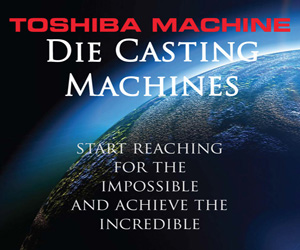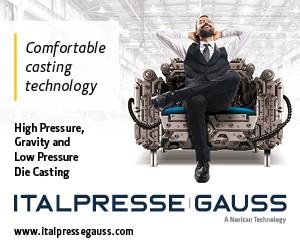Investment casting is an ancient process – examples have been found in ancient Africa, Egypt, Mesopotamia, and Pre-Columbian Mexico. It is also a very complex, multi-step process.
First, mold tooling is pre-formed. The molds are then injected with wax, which cools into a model of the completed part. Numerous models are affixed to a wax runner and gating system. This wax assembly is dipped into a ceramic slurry which is strengthened by layers of sand. After drying, the ceramic molds are heated so that the wax melts out, leaving them hollow.
The now-empty ceramic mold is reheated so that molten metal can be poured into it without causing temperature stress-related breaks. The metal is poured and allowed to solidify. When cooled, the filled assembly mold is vibrated, breaking the ceramic shell off the cast assembly. Finally, finished castings are cut from the runner/gating system.
Die Casting vs Investment Casting
In terms of how they produce parts, die casting and investment casting are similar – molten metal is poured into a pre-shaped mold or die. The primary differences are how the molds are made and how the metal is introduced. For die casting, dies are machined out of tool-grade steel, as compared to the complex investment casting process detailed above. Also die casting inject molten metal at high speeds and pressures, compared to the gravity pouring used in investment castings.
While it may seem counter-intuitive to use a process of ten or more steps to create and use a one-time mold, investment casting does have some benefits over other production methods. The molds can be used to form a wide variety of different alloys, for one. For another, investment casting is an economically viable way to produce extremely complex or unique parts which would require welding or other costly secondary processes to produce. Investment casting is also better for low volume production due to the one-time nature of the mold.
Die casting, on the other hand, is suitable for high volume production and also capable of producing some very complex geometries. And while its initial tooling costs are higher than those of investment casting, overall production costs are considerably lower. Finally, die cast parts are generally more consistently precise than those made by investment casting, a gravity casting process that can lead to air bubbles and similar imperfections.
Learn More
Both die casting and investment casting processes offer significant strengths. To learn more, watch the video below or, to discuss your upcoming project with a die casting expert in order to decide which is best for you, contact NADCA today.








